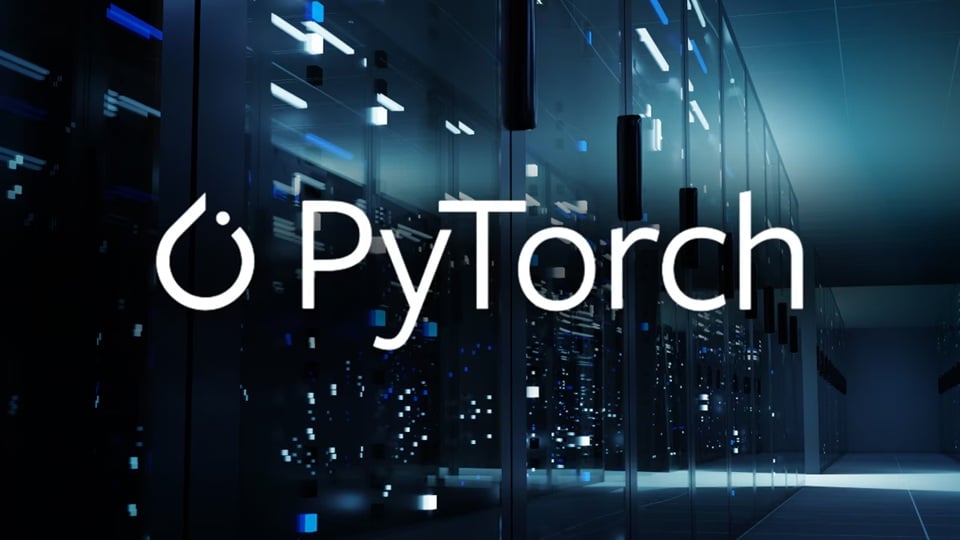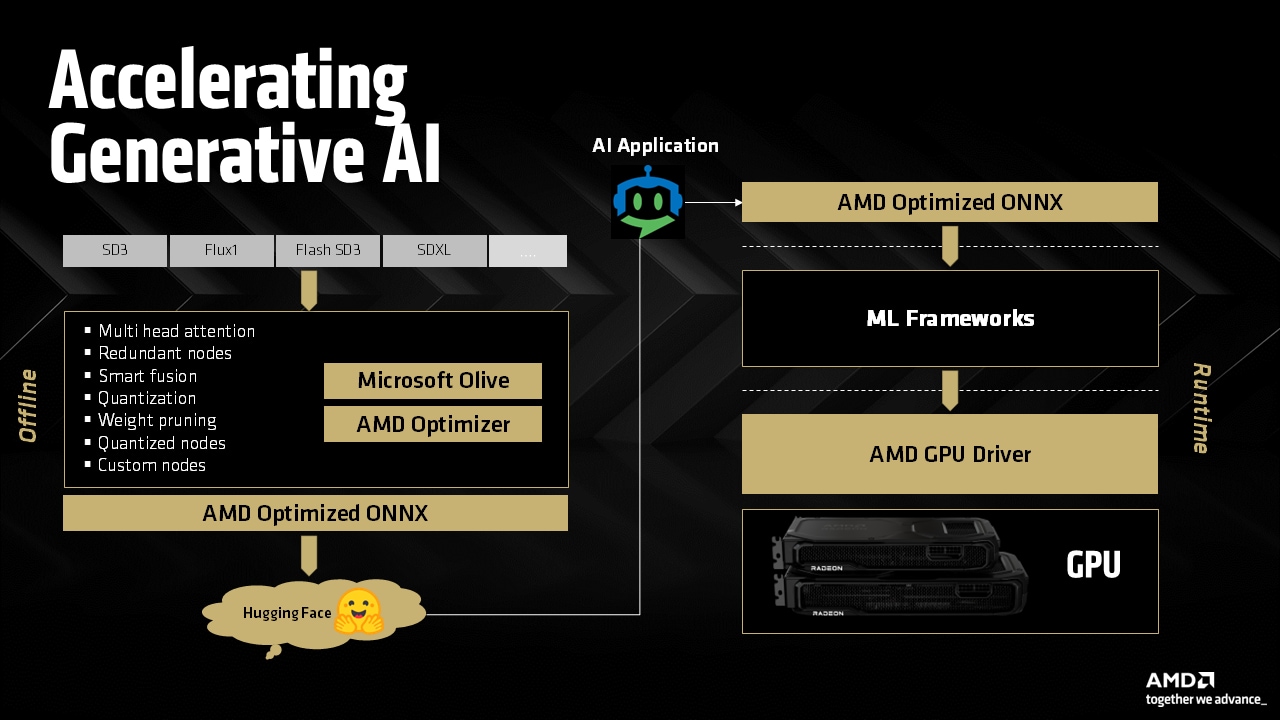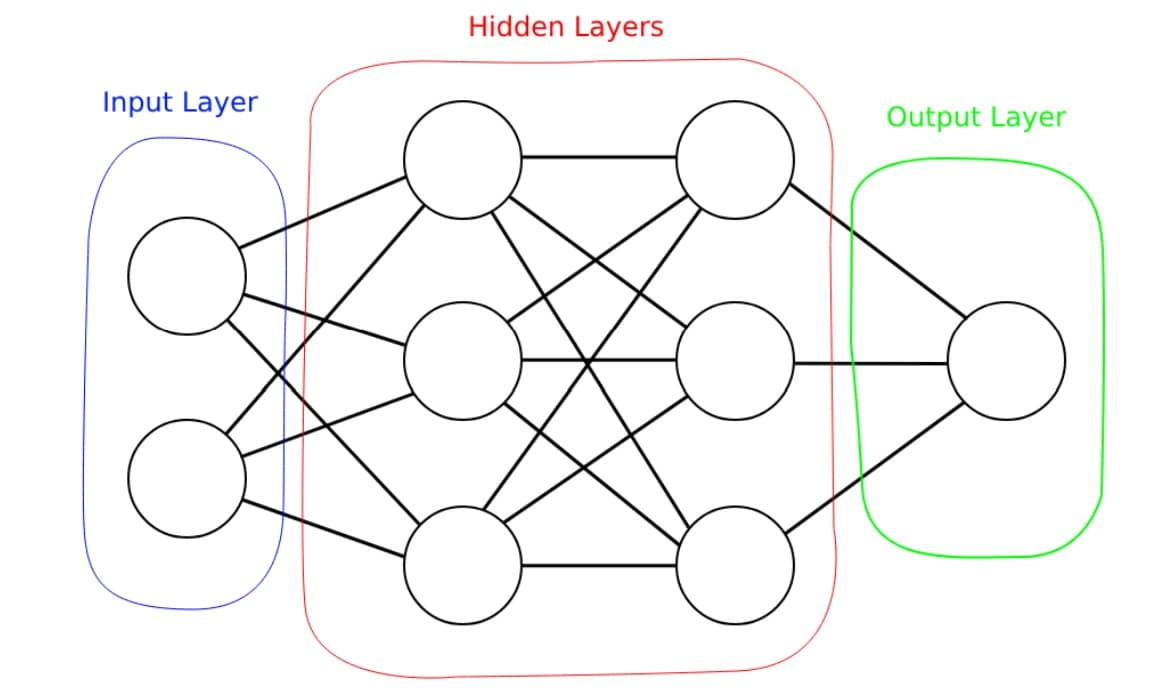
A beginner's guide to deploying LLMs with AMD on Windows using PyTorch
Get started running LLMs with PyTorch on Windows using AMD consumer graphics hardware.
On this page
Computational and Data science have emerged as powerful modes of scientific inquiry and engineering design. Often referred to as the “third” and “fourth” pillars of the scientific method, they are interdisciplinary fields where computer models and simulations of physical, biological, or data-driven processes are used to probe, predict, and analyze complex systems of interest. All of this necessitates the use of more computational power and resources to keep up with increasing scientific and industrial demands. In order to fully utilize emerging hardware designed to tackle these challenges, the development of robust software for high-performance computing (HPC) and Machine Learning (ML) applications is now more crucial than ever. This challenge is made even greater as hardware trends continue to achieve massive parallelism through GPU acceleration, which requires the adoption of sophisticated heterogenous programming environments and carefully tuned application code.
In this “AMD lab notes” blog series, we share the lessons learned from tuning a wide range of scientific applications, libraries, and frameworks for AMD GPUs. Our goal with these lab notes is to provide readers with the following:
AMD GPU implementations of computational science algorithms such as PDE discretizations, linear algebra, solvers, and more
AMD GPU programming tutorials showcasing optimizations
Instructions for leveraging ML frameworks, data science tools, post-processing, and visualization on AMD GPUs
Best practices for porting and optimizing HPC and ML applications targeting AMD GPUs
Guidance on using libraries and tools from the ROCm™ software stack
Most of our lab notes contain accompanying code examples that readers are encouraged to experiment with. The intention is to provide content that targets domain experts and computational/data scientists alike. While our optimization strategies may be specific to a particular application, we believe that the content can serve as loose guidelines and an effective starting point for getting the best experience out of AMD hardware. We primarily focus on AMD Instinct™ GPUs, but we expect users of other AMD graphics cards to also benefit from the strategies outlined in these notes.
The repository containing all lab notes and associated code examples can be found at https://github.com/AMD/amd-lab-notes. We hope that our pedagogical examples will inspire readers to accelerate their application code even further.
If you have any questions or comments, please reach out to us on GitHub Discussions











